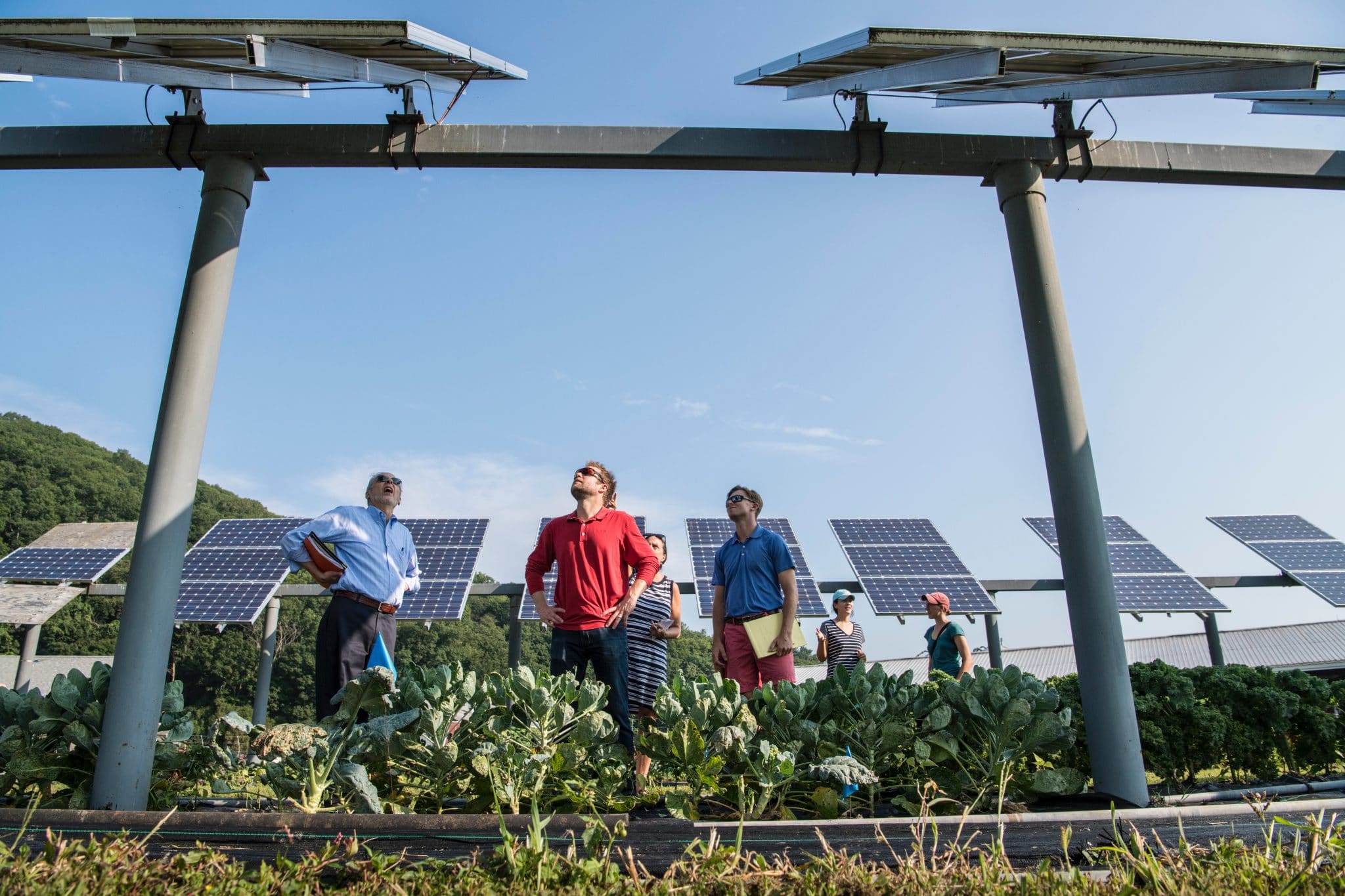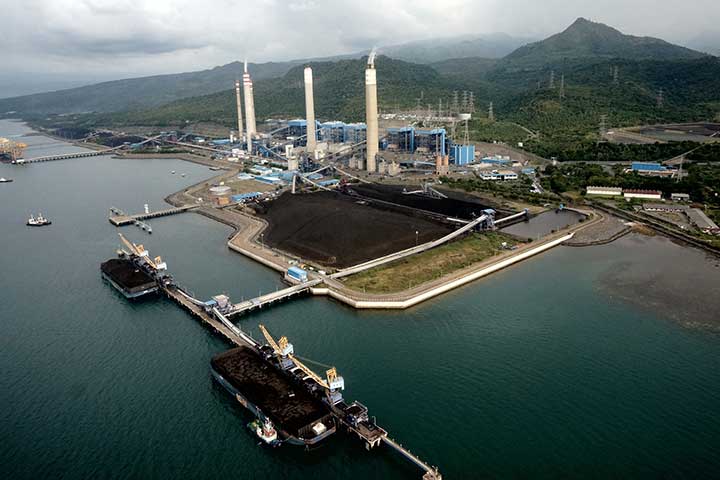
Energy transition will have socio-economic impacts, therefore the transition should be well-managed by the government to achieve a just energy transition
IESR Study Report The energy transition from fossil energy is currently happening and is unavoidable. This phenomenon could expose countries that depend on foss... Read more.

A call to revisit the existing National Energy Plan (RUEN)
As a national plan, RUEN becomes a reference for other energy-related plans such as RUKN, RUPTL, and Regional Energy Plan (RUED). In addition, RUEN is al... Read more.

Diligent and participatory planning that takes into account technological developments will be key to transition the Indonesian transport sector
The transportation sector is the largest energy user in Indonesia and contributes significantly to the increase in GHG emissions. The high dependence on oil in ... Read more.

Global energy transition will threaten Indonesia’s coal industry. It’s time to prepare for the coal transition
Plummeting costs of renewable energy, increasing coal-related health risks, and raising concern about climate change will likely push coal out of the glo... Read more.
